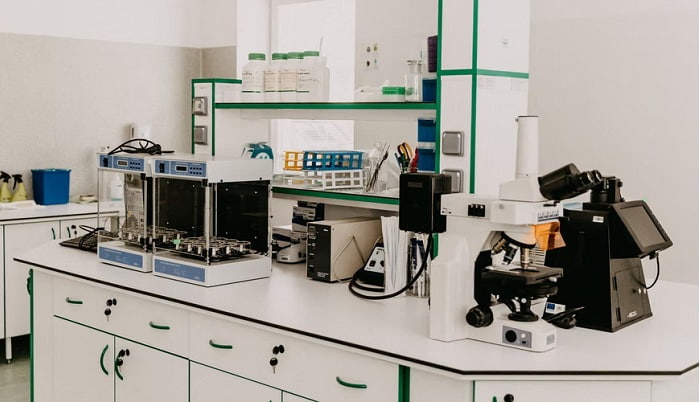Source: Link Testing Instruments Co.,Ltd.

I. Planning management
1. When making a plan for the use of instruments, the work tasks, the technical level of the users, the installation capabilities and conditions, and the funds should be taken into consideration.
2. The purchase of instruments and equipment should be based on the actual situation, and in line with the principle of use and saving, instruments and equipment with good quality, stable performance, and meeting the work requirements should be selected.
3. The plan for expensive instruments and equipment must be strengthened. Specific users should personally understand the performance of the equipment, the operating instructions, and learn some relevant equipment standards. Then write an internal contact form and a purchase order according to the regulations.
4. The purchase plan shall be approved by the competent leader according to the approval authority before it can be implemented.
II. Installation acceptance
1. After the arrival of the instruments and equipment, the installation acceptance must be carried out as soon as possible. If any problems are found, they should be dealt with in time.
2. After the acceptance of the instruments and equipment, the receipt and requisition forms should be filled out, and then handed over to the user for use and storage.
3. The instruments and equipment should be operated early and operated more during the warranty period so that problems can be found and dealt with in time.
III. Use and storage
1. Establish a general record list for instruments and equipment.
2. The instruments and equipment for measurement and testing should be managed by a designated person, and operating procedures should be formulated. There should be records of use, inspection, verification, and maintenance.
3. The contents of the archives of precious precision instruments and measurement and testing instruments:
3.1 Instrument and equipment information: certificate of conformity, product samples, packing list, application and maintenance instructions, and other relevant information.
3.2 Usage management information: operating procedures and maintenance regulations, use and maintenance records.
4. The archives and account books of instruments and equipment should be kept by a designated person. When the custodian changes, the transfer procedures should be carefully handled and must not be lost.
5. The use of instruments and equipment should be checked regularly, and problems should be solved in a timely manner.
IV. Maintenance
1. The maintenance of instruments and equipment should be based on prevention, and daily maintenance should be done well.
1.1 Daily maintenance tasks are:
A. Make dust covers and keep the equipment clean;
B. After daily work, clean the easily contaminated points of the equipment;
C. Clean the surface and detachable parts of the equipment regularly;
D. Desiccant should be placed on the moisture-proof parts of the equipment and replaced frequently.
1.2 Instrument and equipment maintenance tasks:
A. Regularly inspect the equipment and perform general maintenance according to the instructions, and send it to the manufacturer for inspection and repair when necessary.
B. Develop a purchase plan for maintenance spare parts.
C. Check the safe use of the equipment.
For more details please visit www.linktesting.org